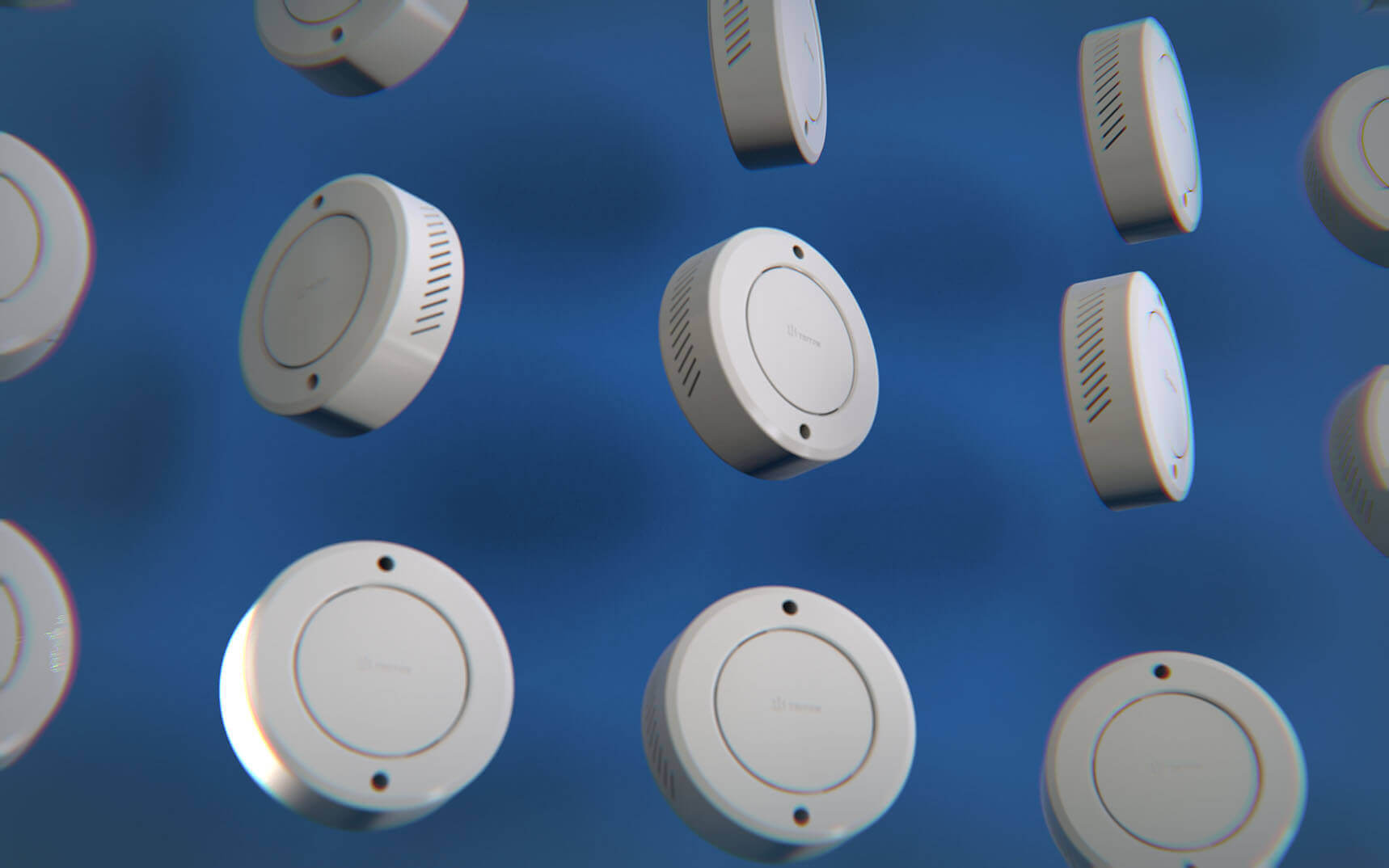Not long ago, vaping was a popular choice in schools. Students slipped into bathrooms between classes, where flavored nicotine and THC vapors left no trace. Teachers and administrators felt powerless until districts began turning to a new line of defense: the vape detector.

Today, schools across the country are reporting huge success stories that demonstrate how transformative the technology can be in tackling the issue of vaping.
A Case Study: Reducing Vaping by 83% in 10 Weeks
Luling Independent School District faced the threat of a major problem with vaping. Despite multiple warnings and tighter guidelines, students continued to smoke cigarettes in lockers and bathroom rooms. Smoke alarms that were used in the past weren’t effective against the vapor. There was no way for staff to be everywhere.
In March, the district put in several vape detectors at schools as part of a pilot program. The results were striking. Within five weeks, incidents of vaping had decreased noticeably. In just ten weeks the rate of vaping had decreased by 83%..
Administrators reported success that went beyond figures. Teachers were less disruptive, and students knew that vaping shouldn’t be ignored.
Match Charter School Experiences resemble The School’s Success
Match Charter Schools is another impressive instance. They struggled to reduce vaping at high and middle schools. When they rolled out a set of smoke detectors for vapes in August, their impact was instantaneous.
In December, just 4 months following the first report, administrators revealed an 20% decrease in incidents of vaping. Parents have praised the school’s practical steps to safeguard their children. Teachers observed a decrease in loitering in the hallways as well as bathroom crowding.
The two districts are a part of what is becoming a trending pattern: schools that are embracing vape detection see measurable improvement in behavior as well as overall safety.
What is it that makes vape detectors efficient?
This technology is the main reason for these results. Modern vape detectors don’t just detect vapors, but they also monitor the quality of air, monitor occupancy levels, and issue real-time notifications to the staff. This means that managers don’t need to rely only on their intuition and post-fact reports.
The detectors have been designed to guard your privacy. No cameras. No audio recording. In-depth, accurate data is all that’s needed to assist schools in making swift decisions without compromising students’ rights.
This combination of efficacy and compliance make vape detectors among the most efficient safeguards that schools can implement now.
The Safety Net extends beyond Vaping
Many managers know that detectors extend beyond the prevention of vaping. The latest systems can detect loud sounds, keywords that are linked to vandalism and emergencies.
The detector will alert the staff in the event that, for instance students start to wander around toilets. Staff will be alerted immediately if a person shouts out an urgent keyword, for instance “help”. Smoke detectors in schools could be part of a bigger strategy to combat both risk of violence and health hazards.
Boards and parents support Vape Detectors
Transparency is one of the benefits that’s often left unnoticed. Schools that use detectors are able to generate reports that clearly show developments in vaping. These reports are available to schools, community groups, and parents to demonstrate that actionable steps are being implemented.
Parents, particularly, feel gratified when they observe concrete results. A vape detector doesn’t just identify students. It also protects their health and reaffirms the message that vaping does not belong in school.
The Takeaway The Takeaway: A Proven Path Forward
The past few years, vaping was thought like a secret war that schools would not be able to beat. However, case studies from districts across the country show otherwise. By using a vape detector administrators can spot incidents in real-time to deter risky behavior and create safer environments for students.
The vaping epidemic is far from being over but the tide is turning. Vape detection isn’t just a response to an issue, it’s a way for schools to be the first to create an environment that is healthier for their students.
Conclusion
Schools in Texas and Massachusetts have proven that technology can work. Modern vape detectors do more than just sound the alarm. They alter behavior, build trust and provide lasting solutions to today’s largest health concern for students. Vape detectors in schools are not an experiment for any district who cares about student safety. They’re now the standard.